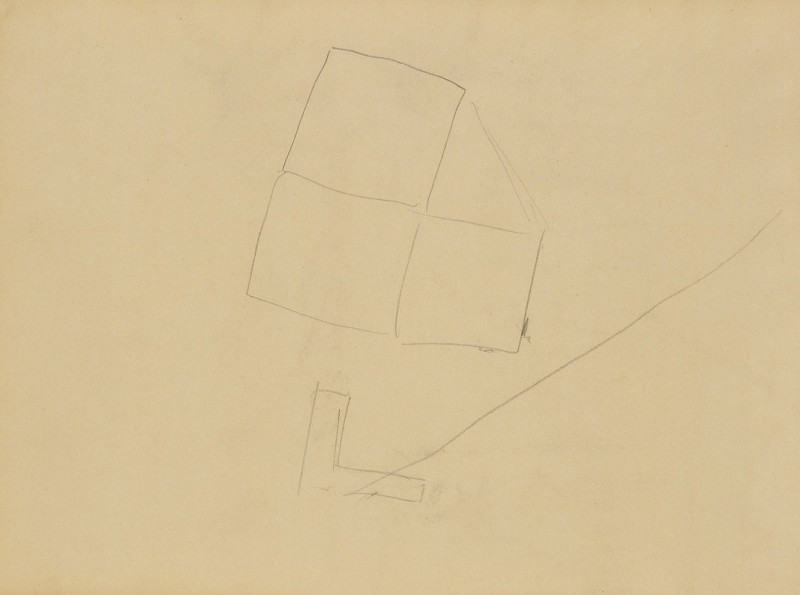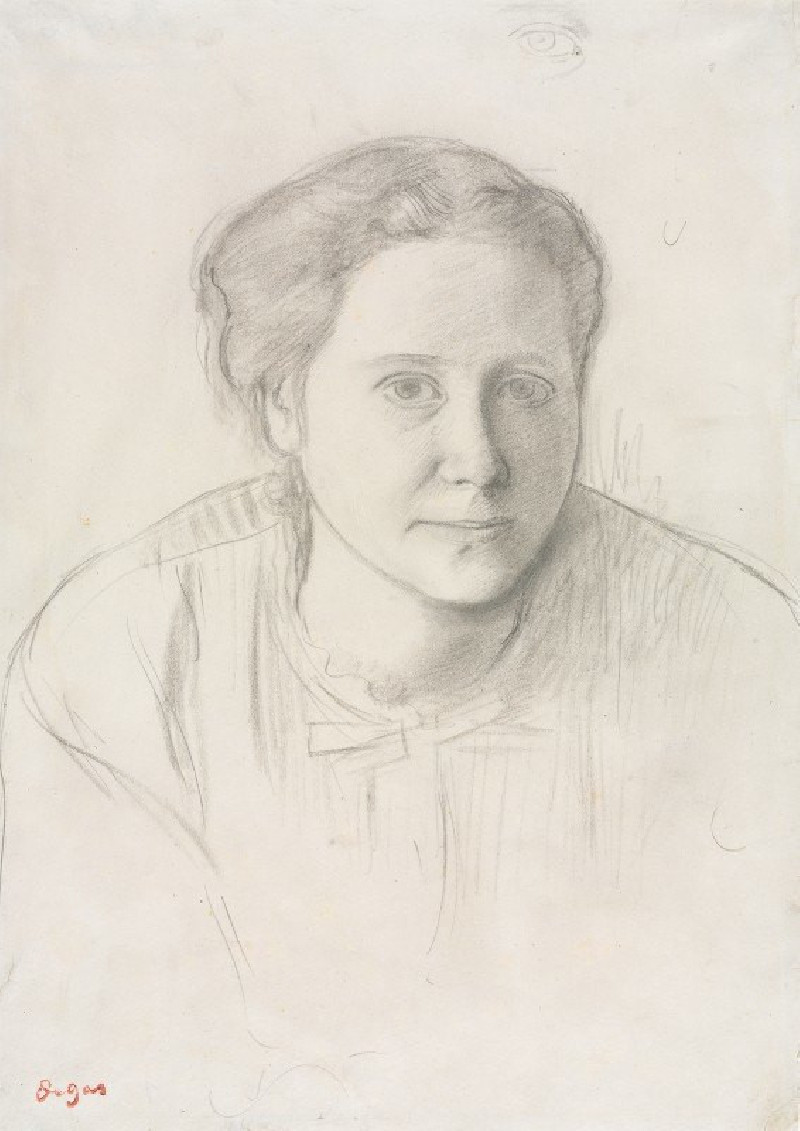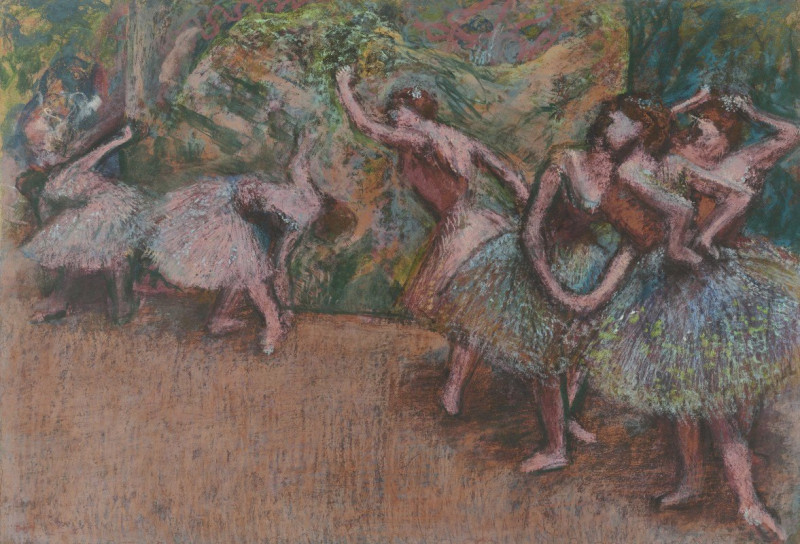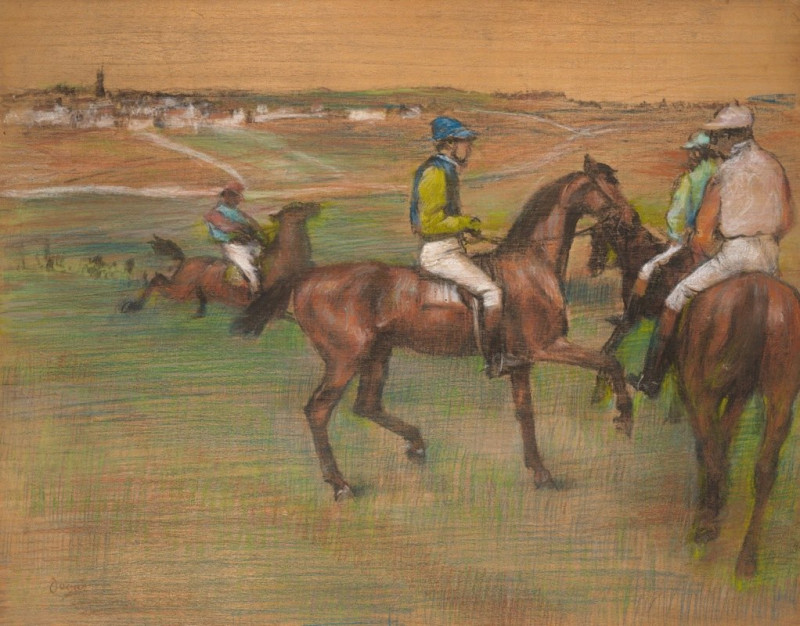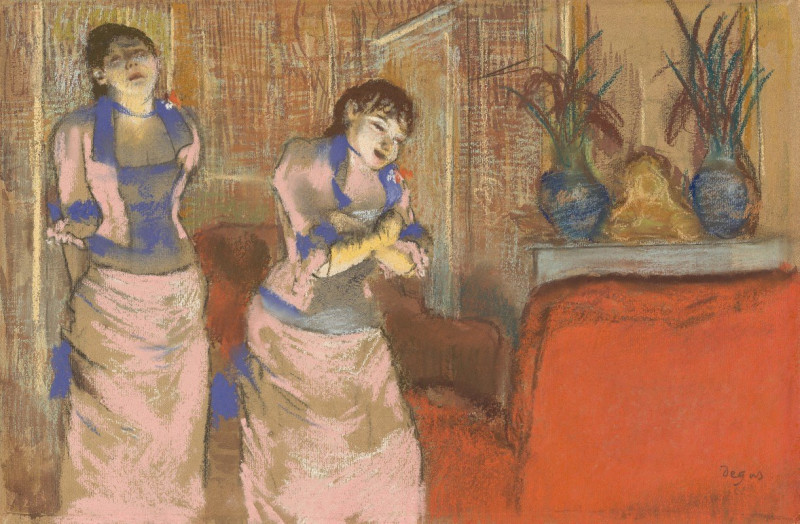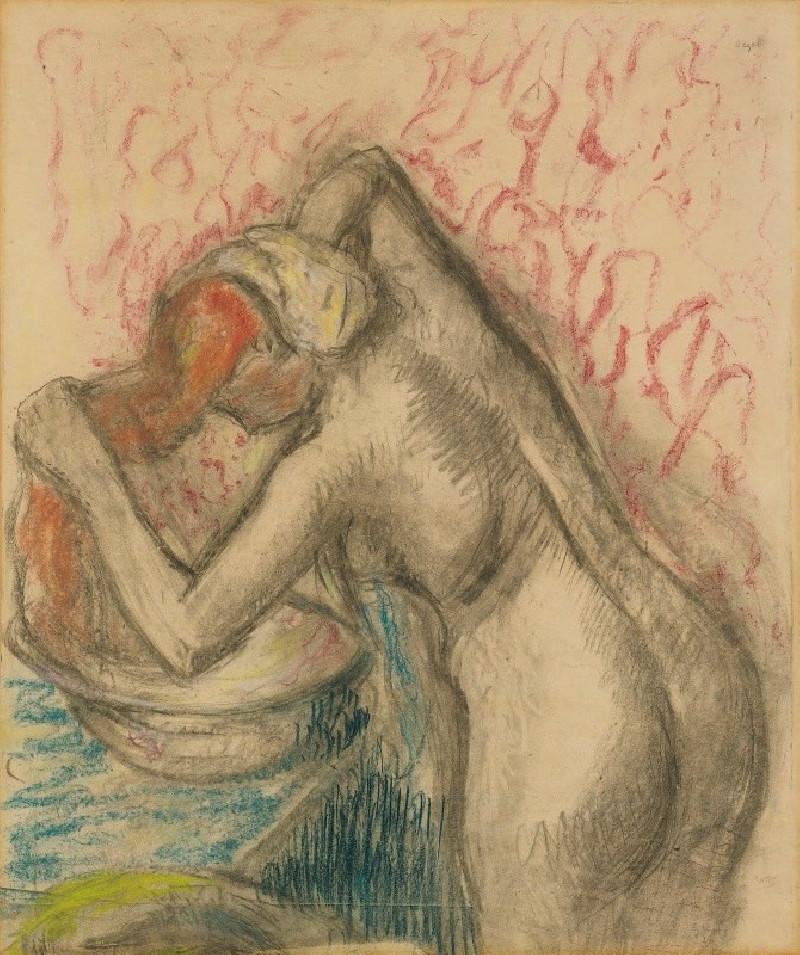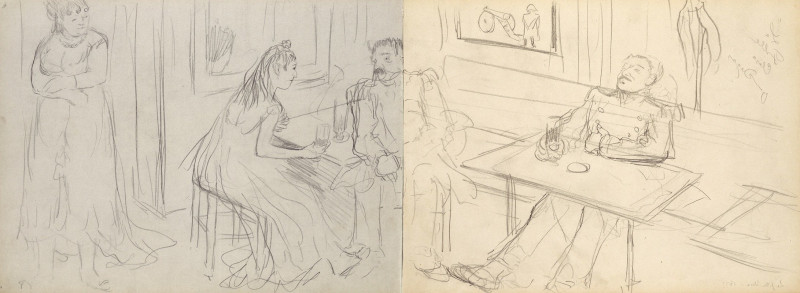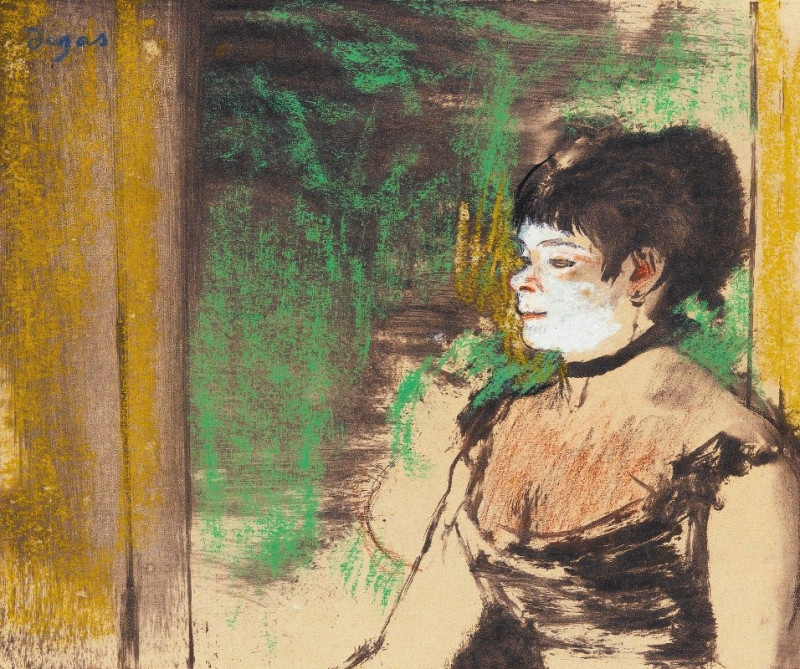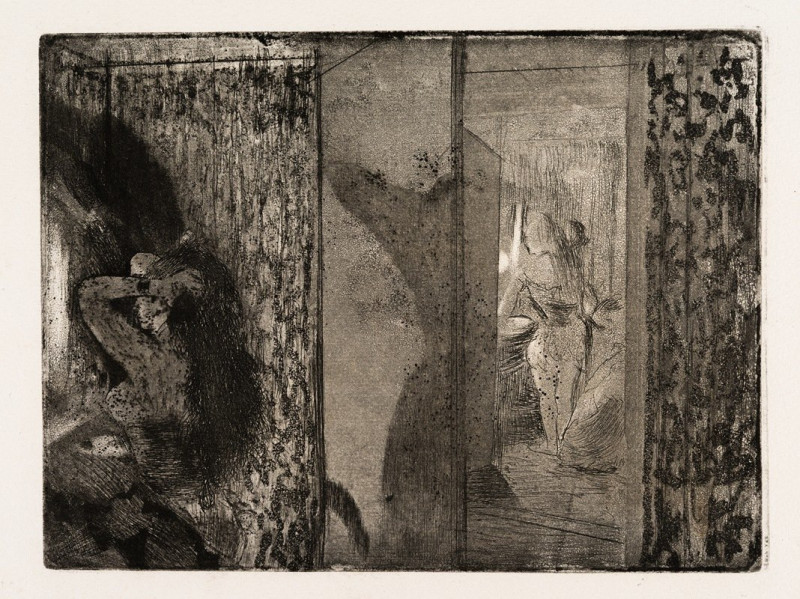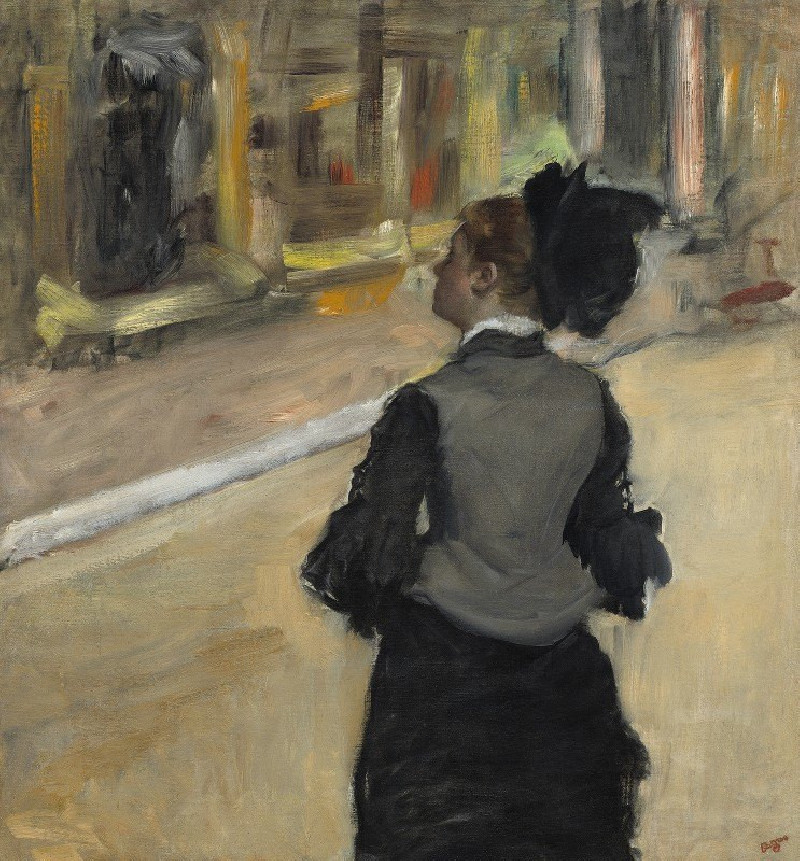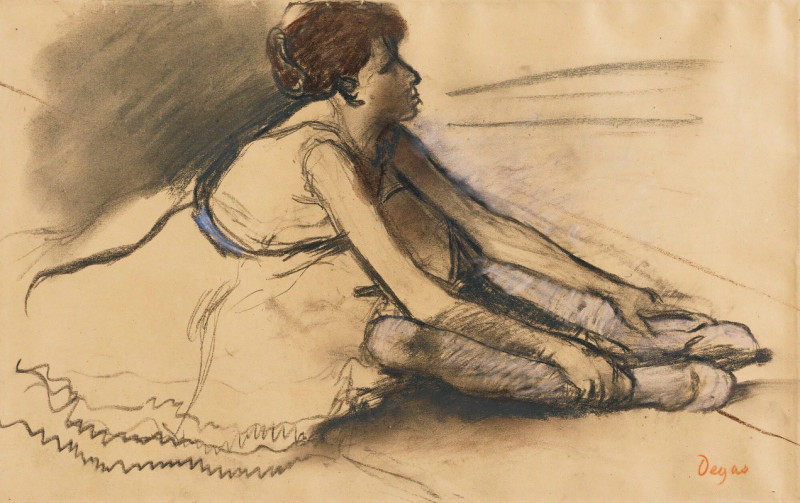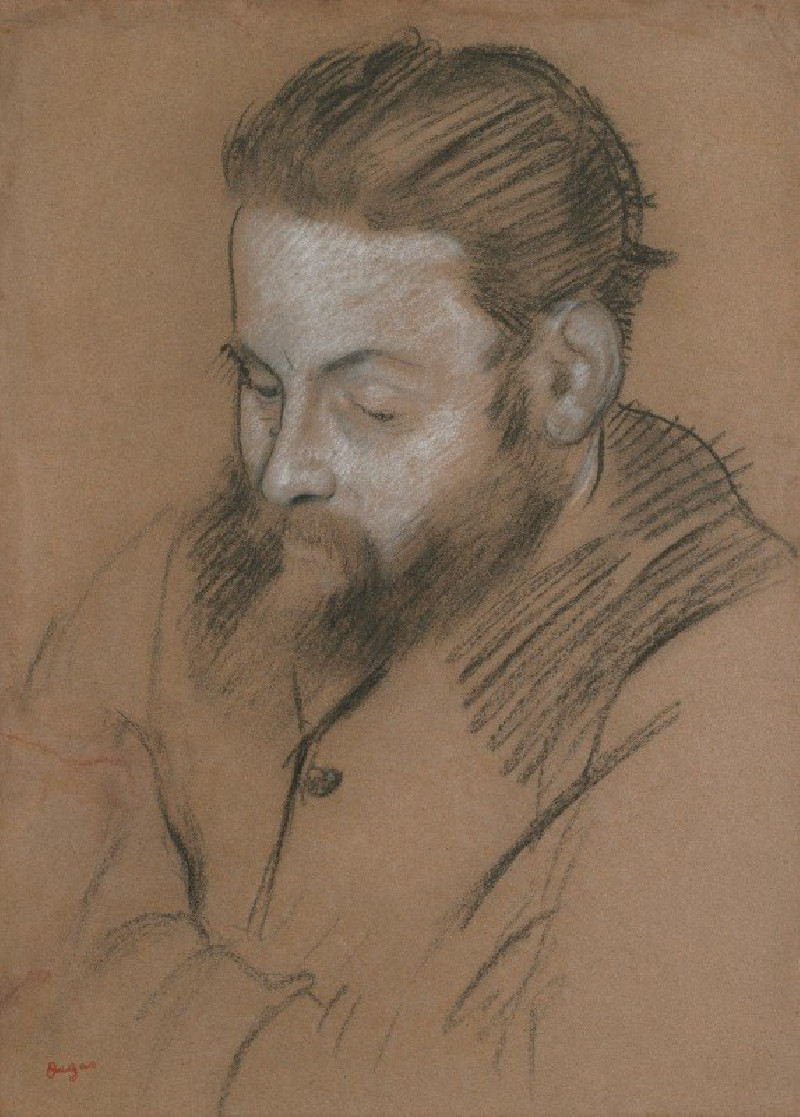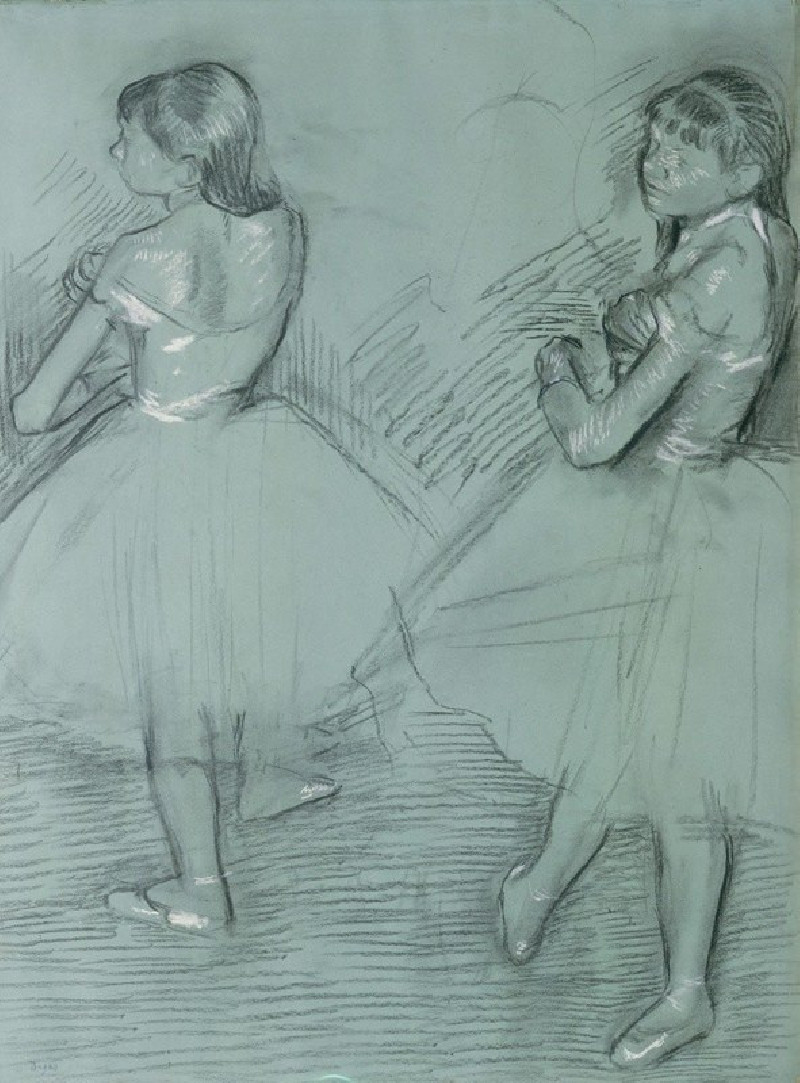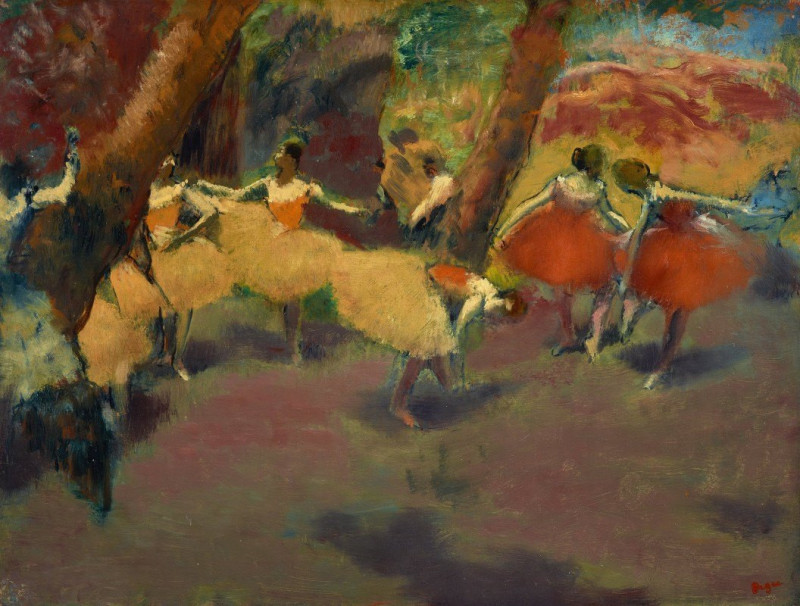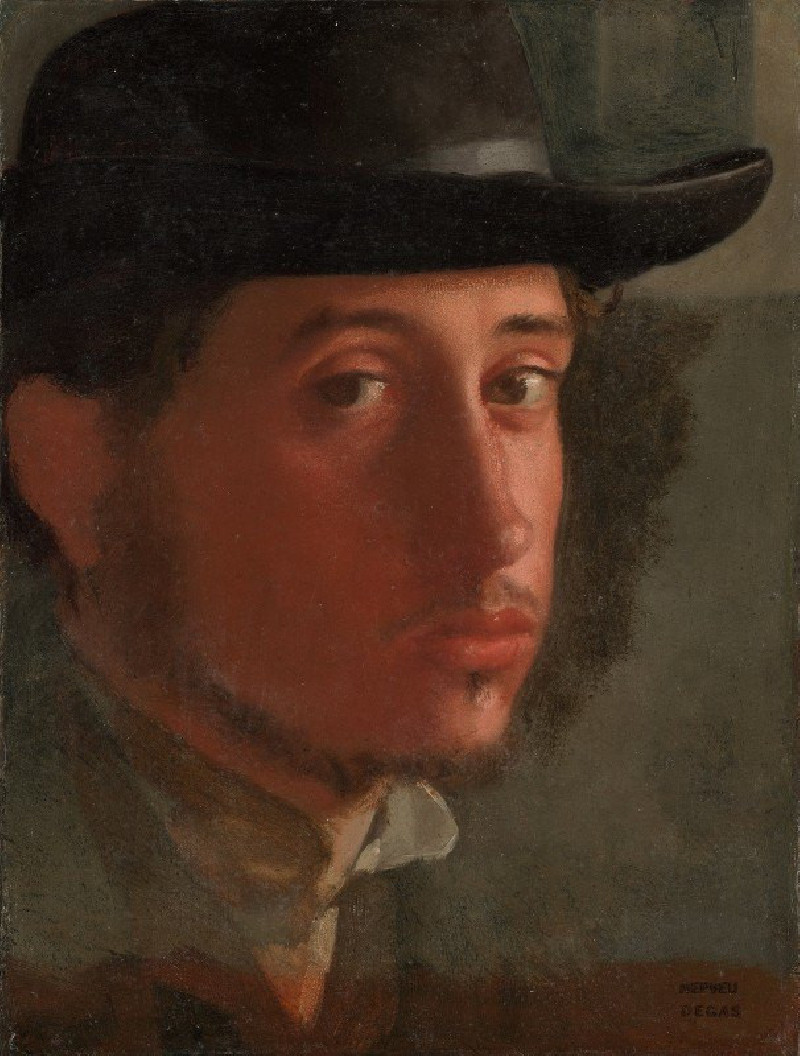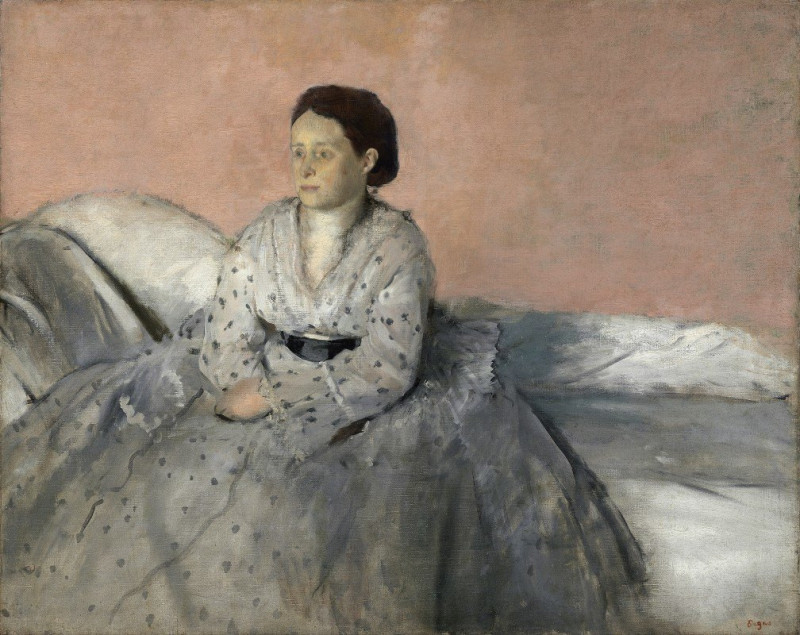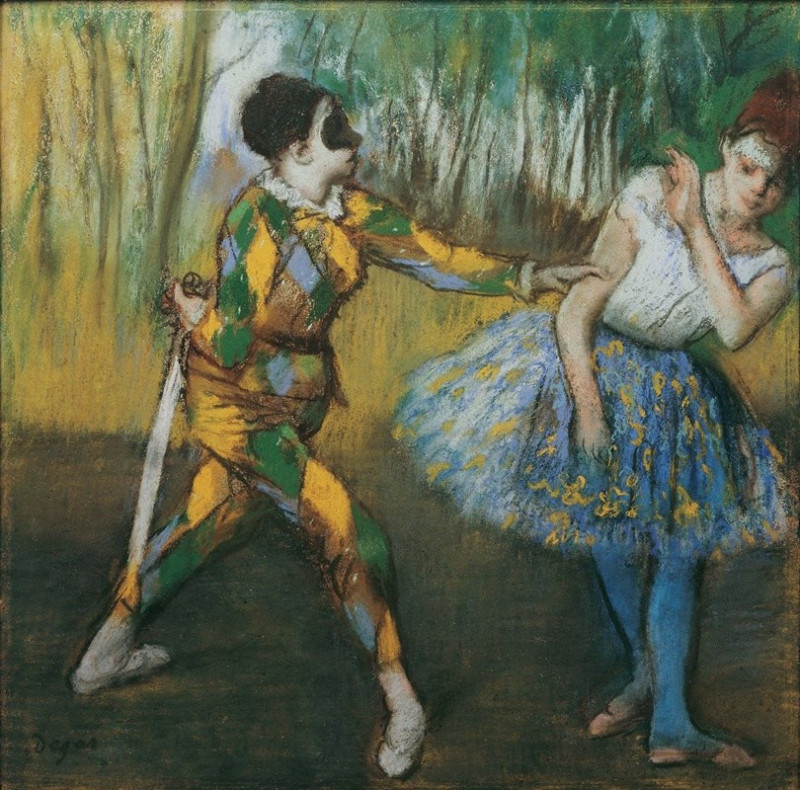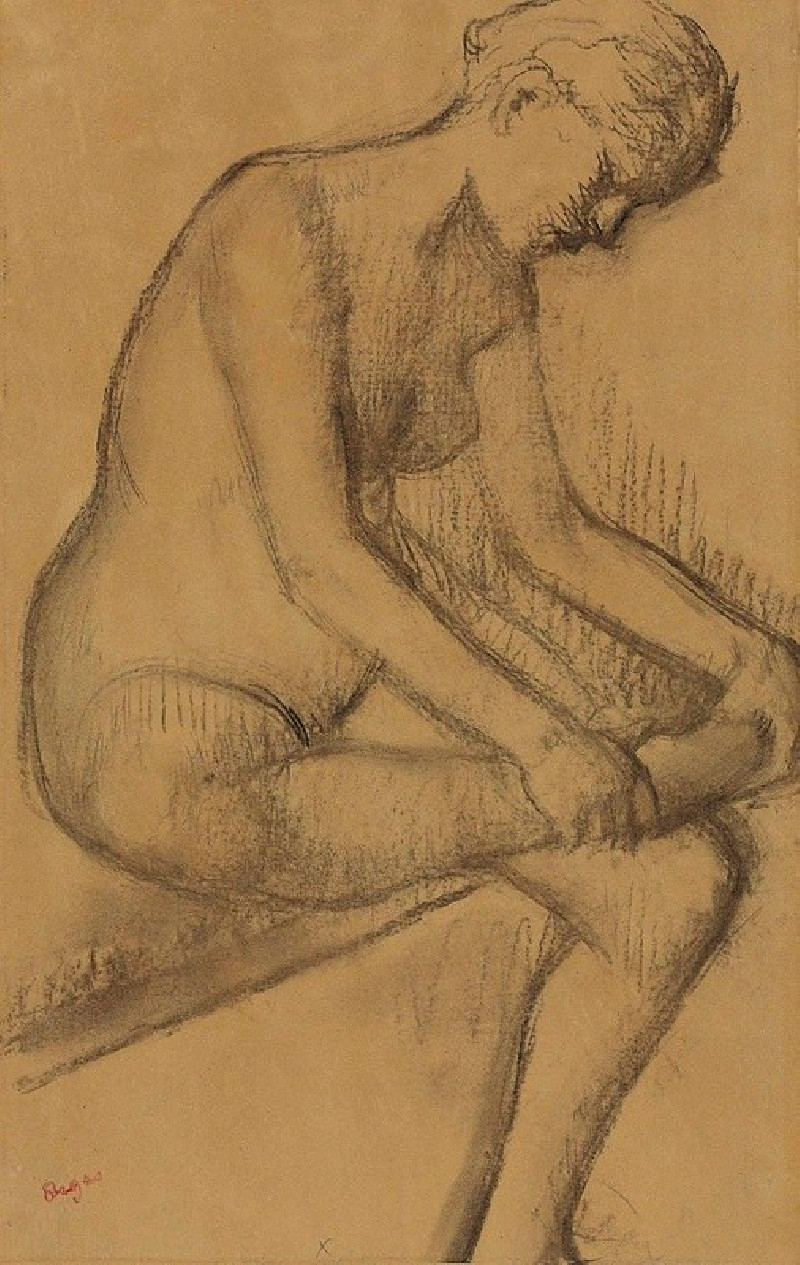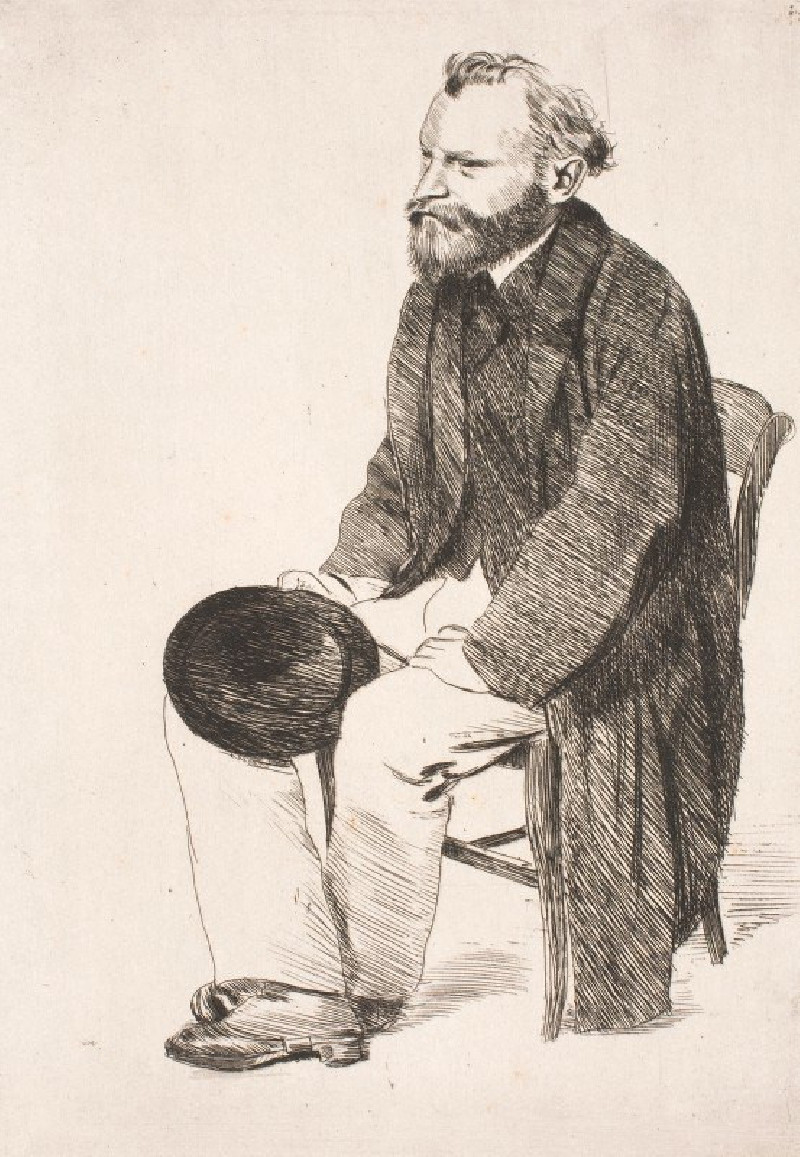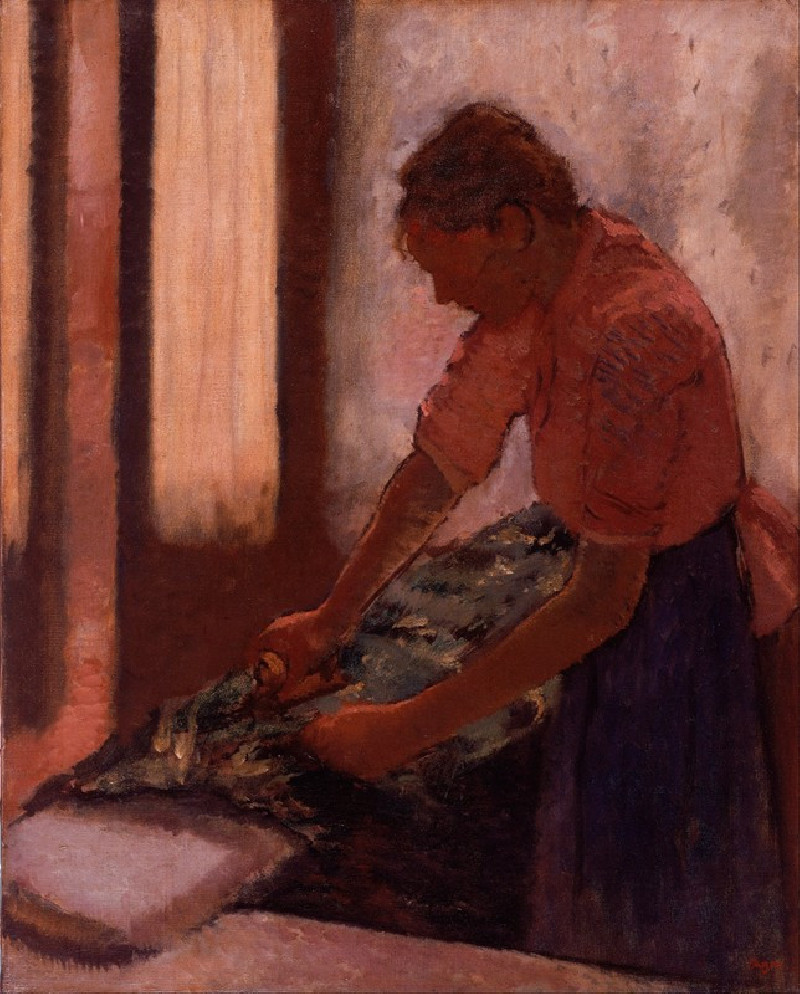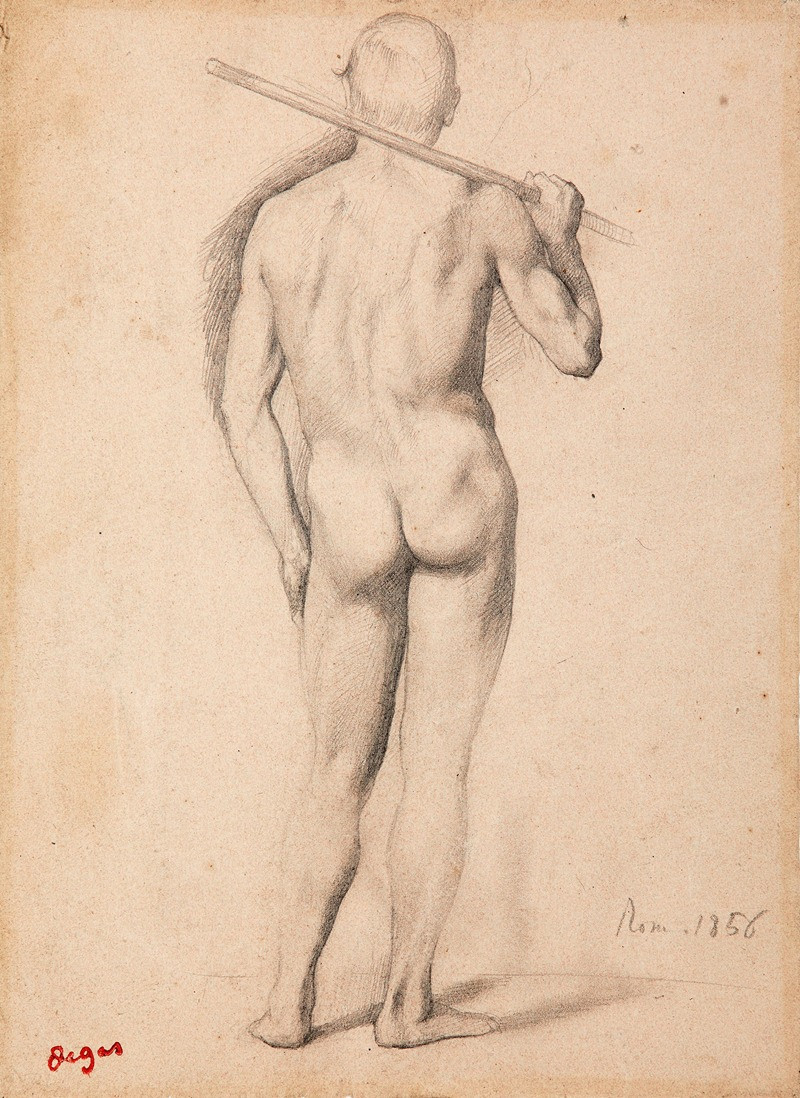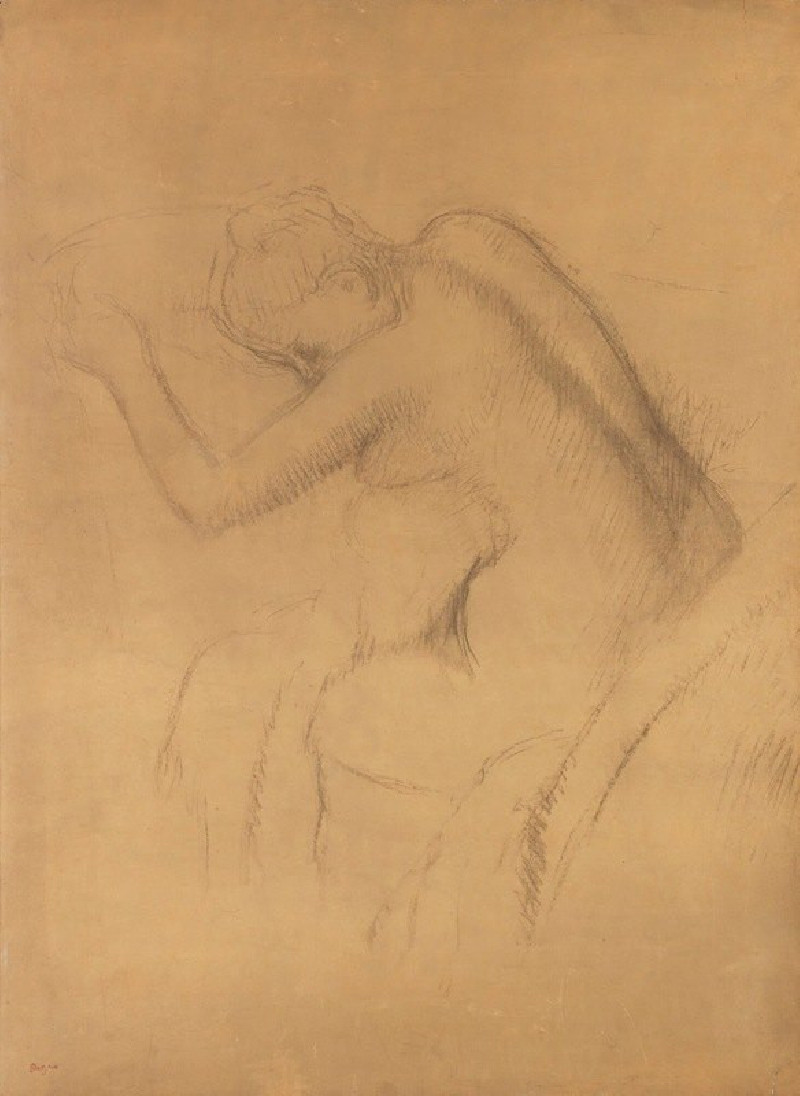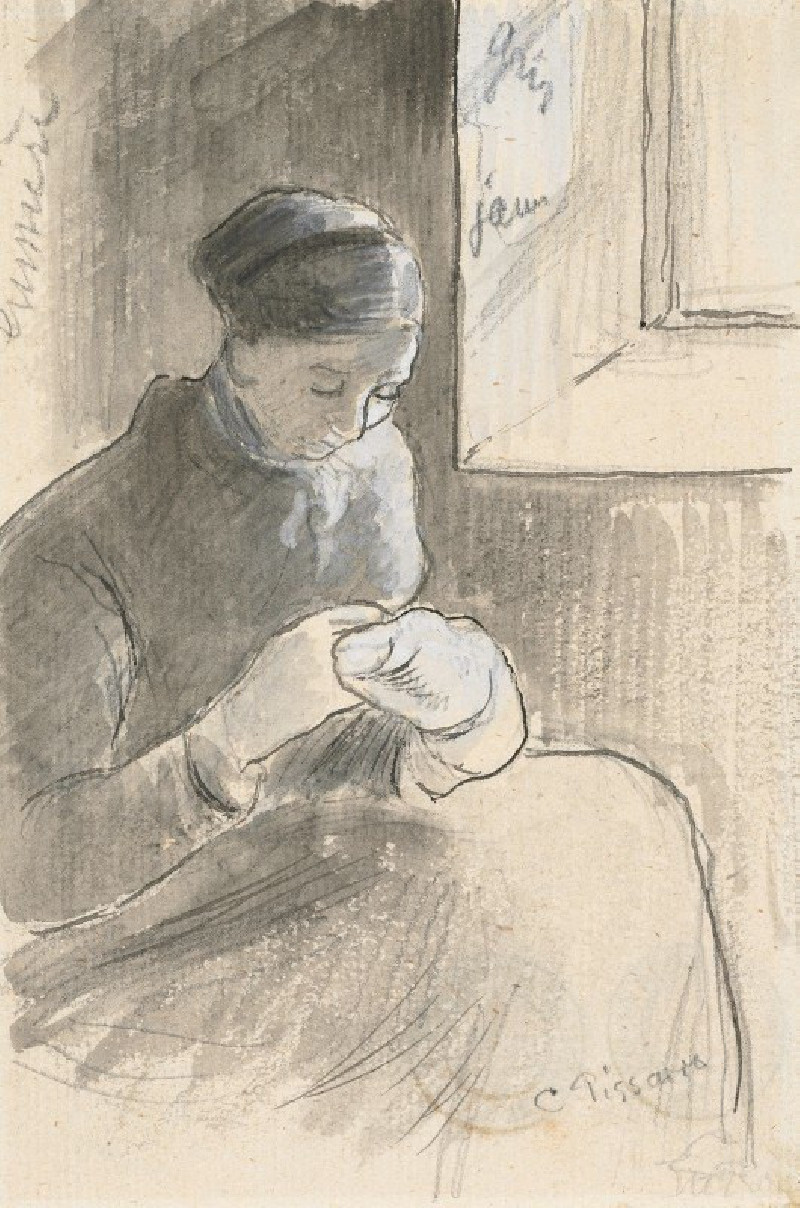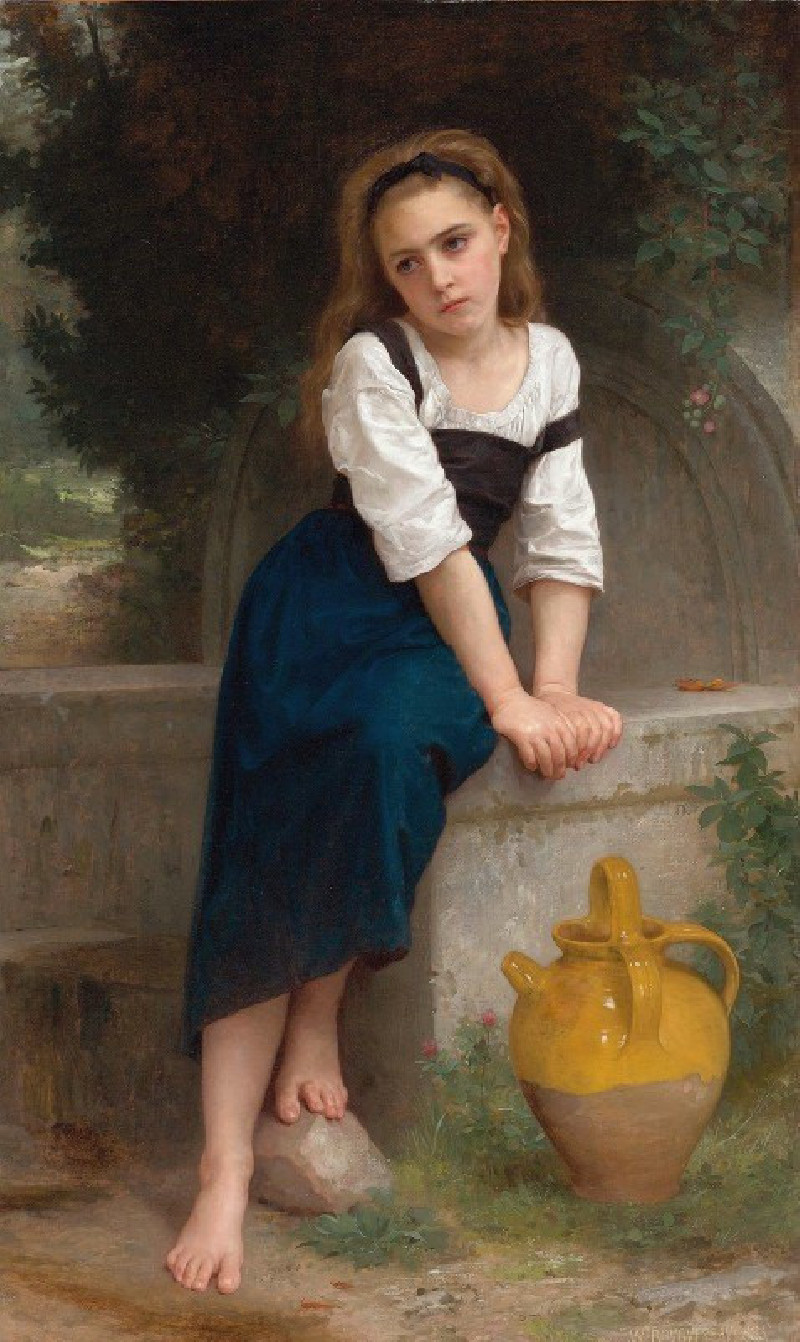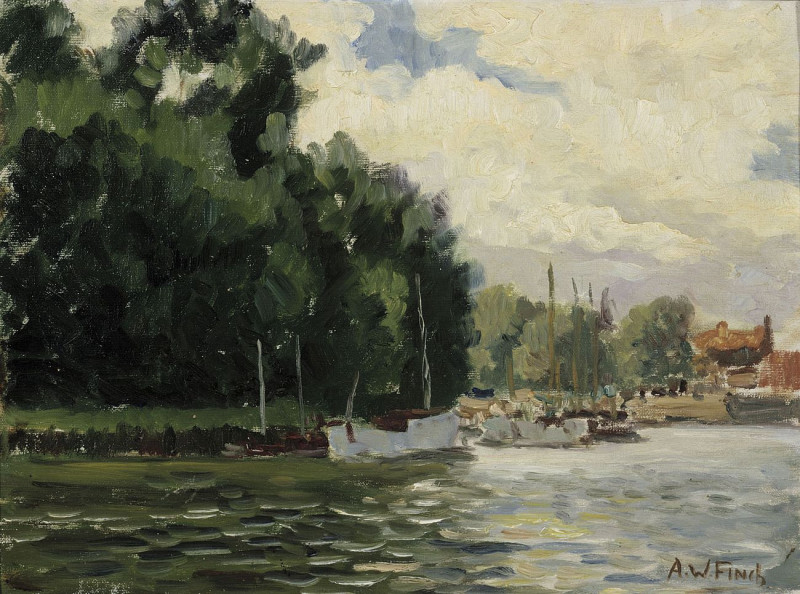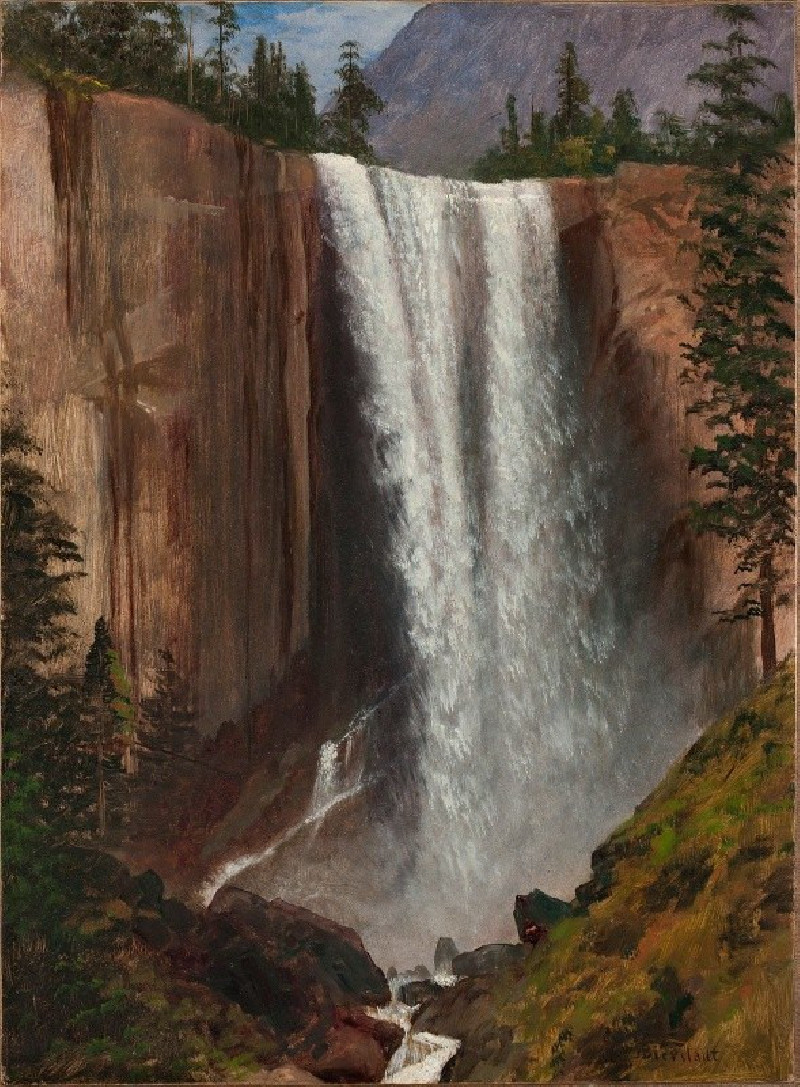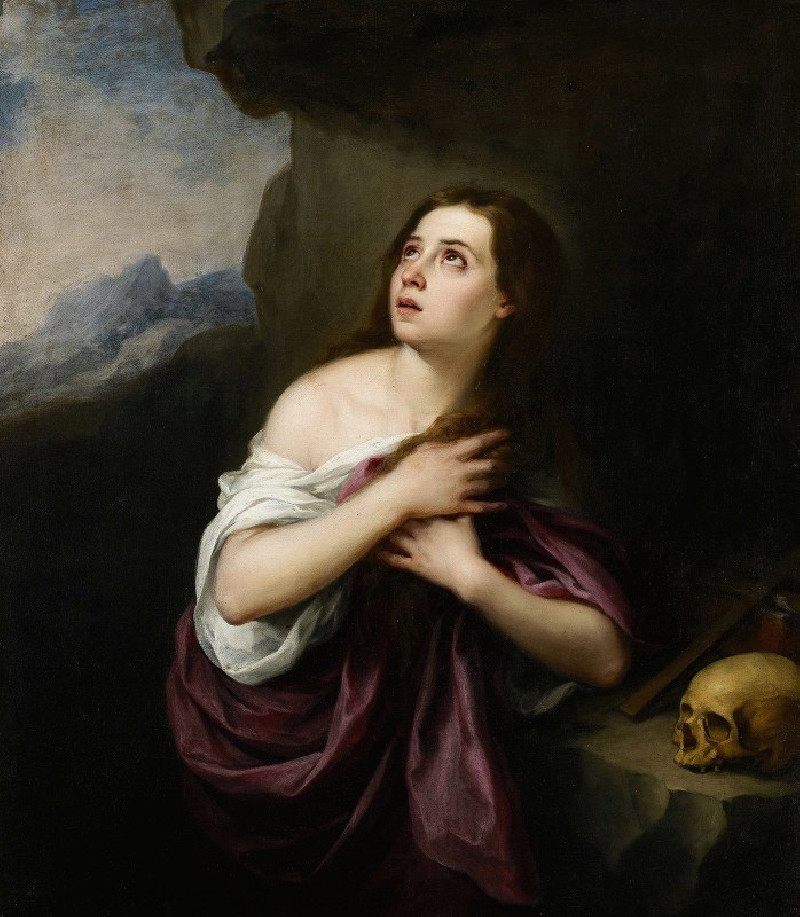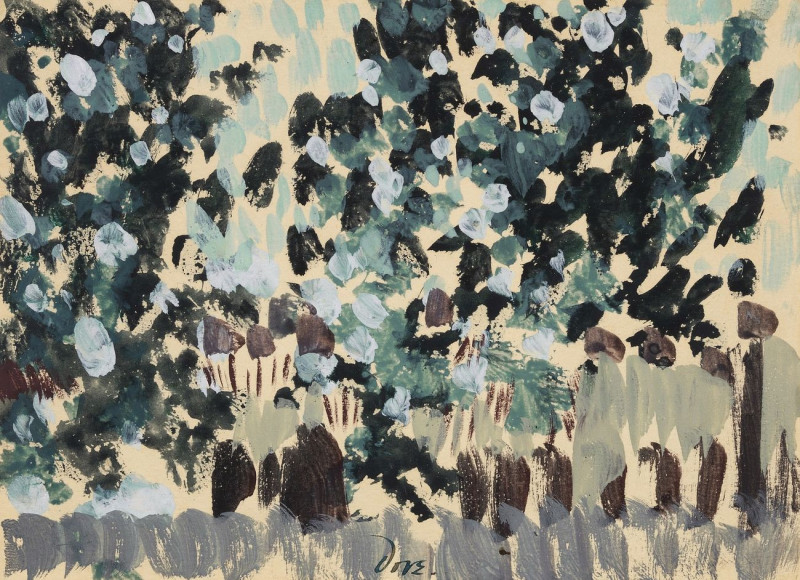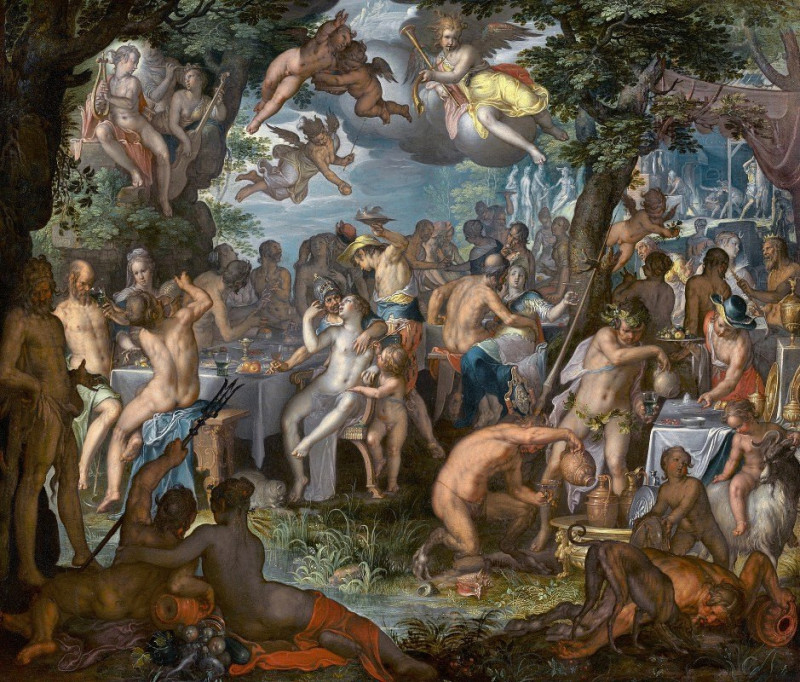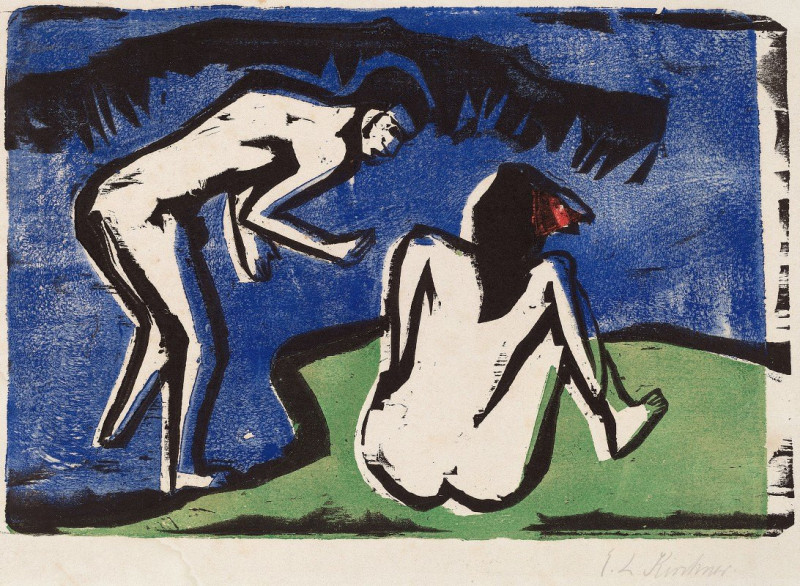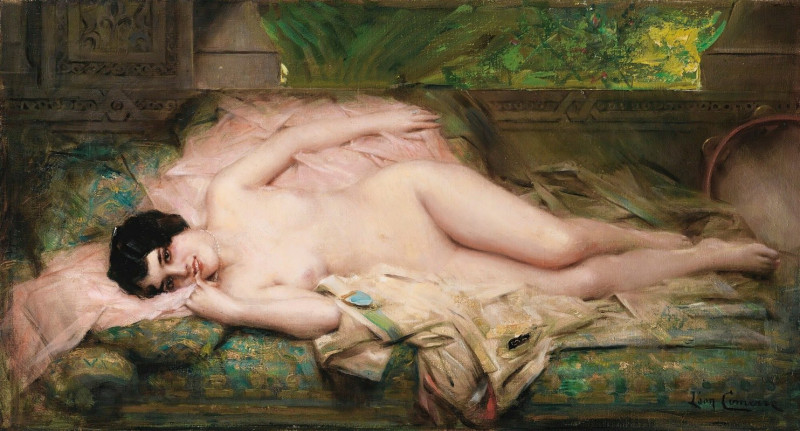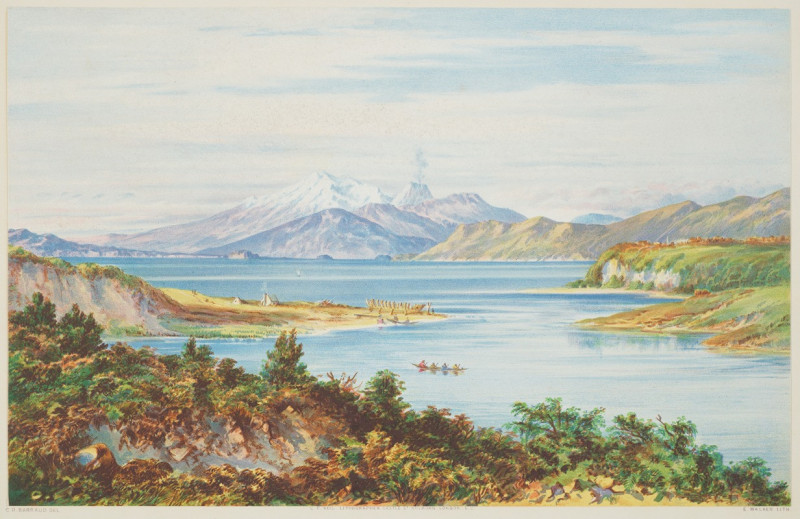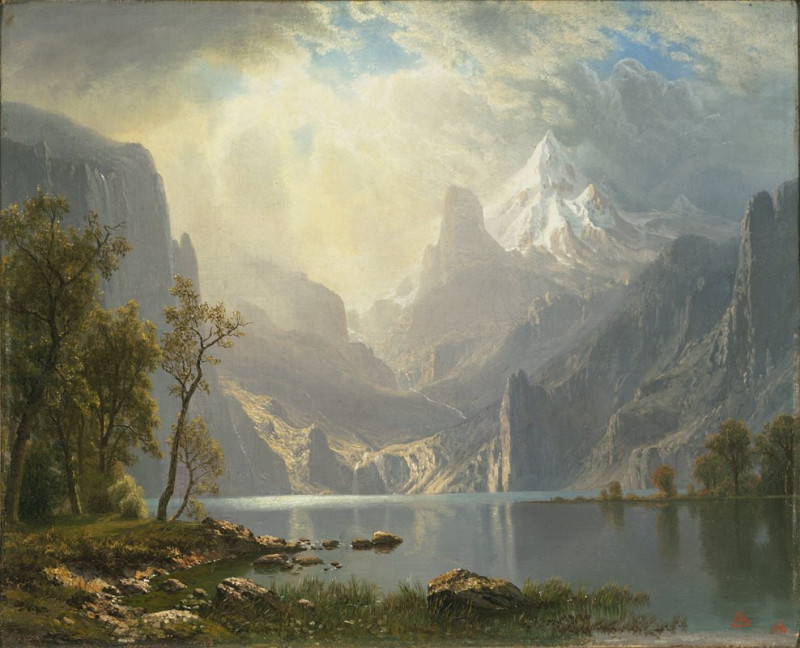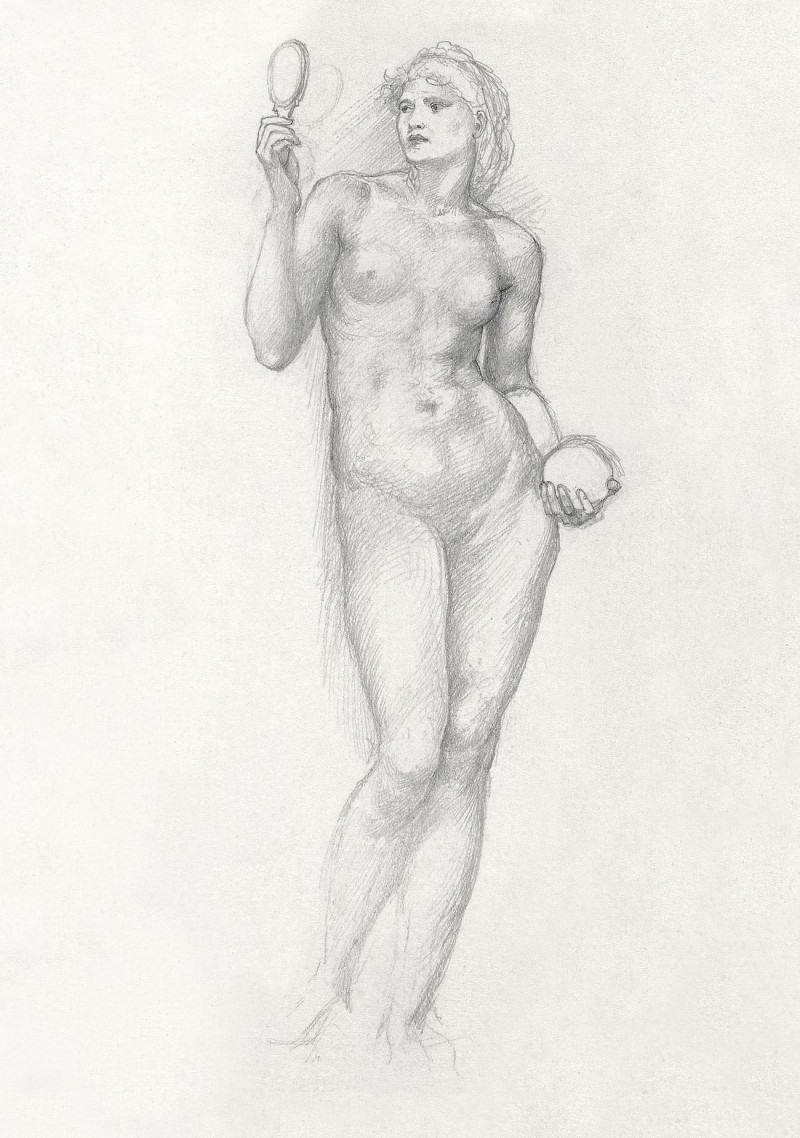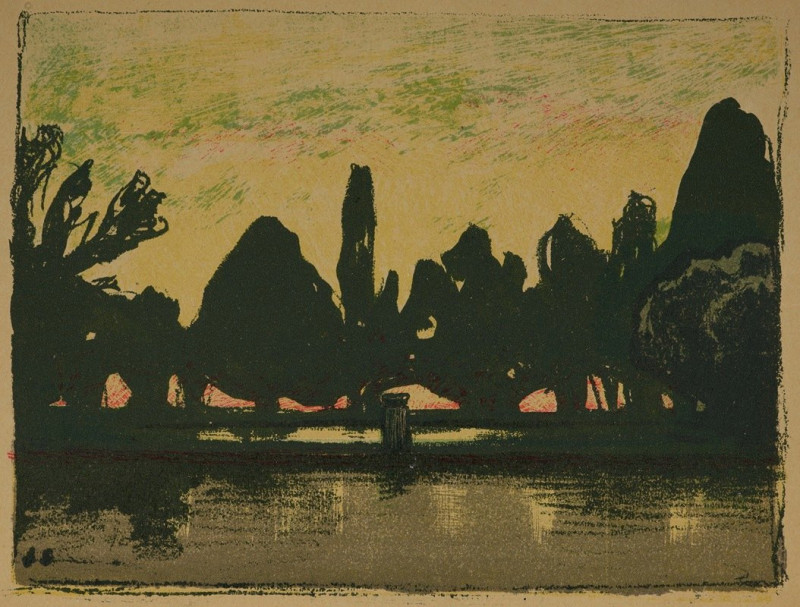Abstract Lines (1877)
Technique: Giclée quality print
Recommended by our customers
More about this artwork
Welcome to our exploration of "Abstract Lines" by Edgar Degas, created in 1877. This intriguing artwork deviates notably from the artist's best-known depictions of dancers and bathers. Here, Degas engages the viewer with a composition of stark simplicity and geometric abstraction.The artwork displays a series of fragmented lines and shapes including what appears to be an incomplete drawing of two geometric forms, possibly cubes, outlined with light pencil sketches on a time-toned background. The first form at the top appears more defined, seeming to float above a smaller, less distinct sketch below it, linked with a lightly drawn diagonal line."Abstract Lines" suggests a study of perspective or an experiment with spatial composition. The understated execution invites viewers to delve into the essence of form and the interplay of space and dimensionality.This piece stands as a testament to Degas' remarkable versatility and his willingness to explore beyond the conventional boundaries of his time.
Delivery
Reproductions are made to order and take 5 to 7 working days.
We send them out by courier and delivery takes another two working days.
If you need a reproduction sooner, please contact us - we can usually find a solution and produce it a little faster.
If you don't want to pay for postage, you can pick up your paintings at our galleries in Kaunas or Vilnius.
Returns
Yes, reproductions can be returned.
If you have any doubts more than 30 days after the date of purchase, please contact us - we will take the reproduction back for a refund or offer you a replacement!
We accept a maximum of two returns per customer - please note that we make reproductions to order, so please choose responsibly.
We do not refund shipping expenses.

